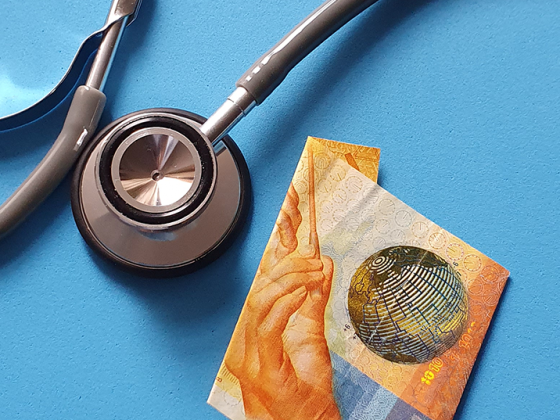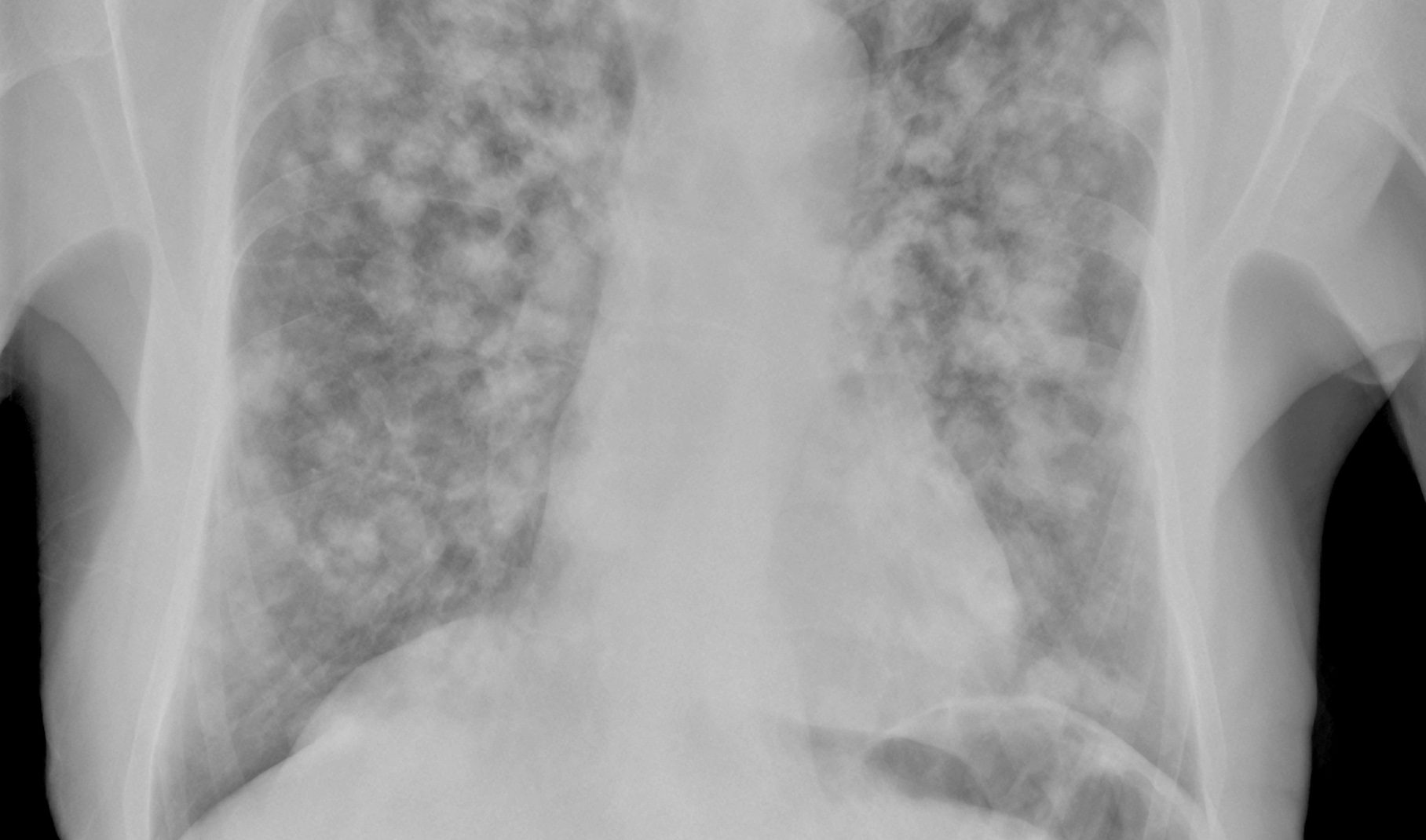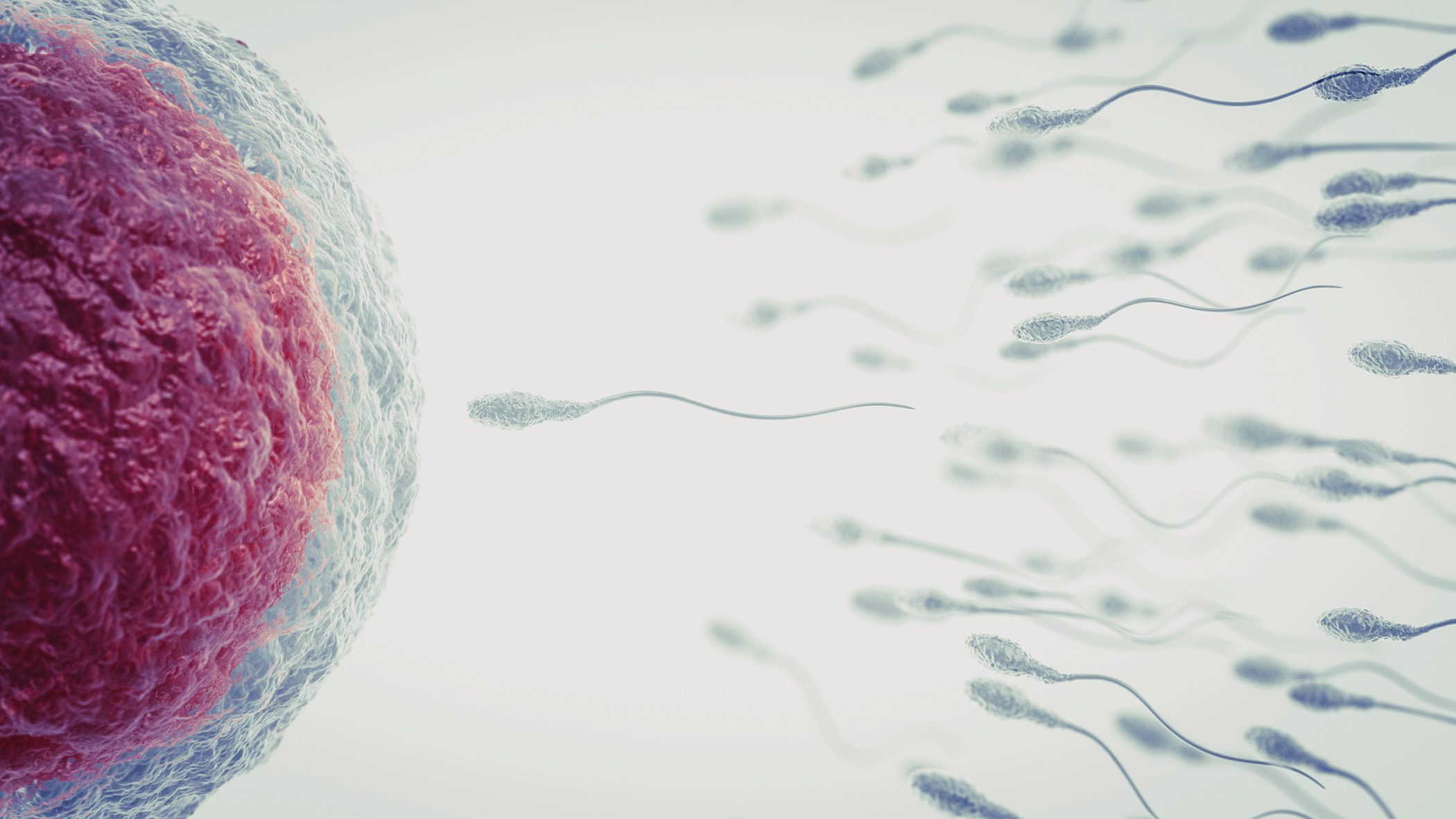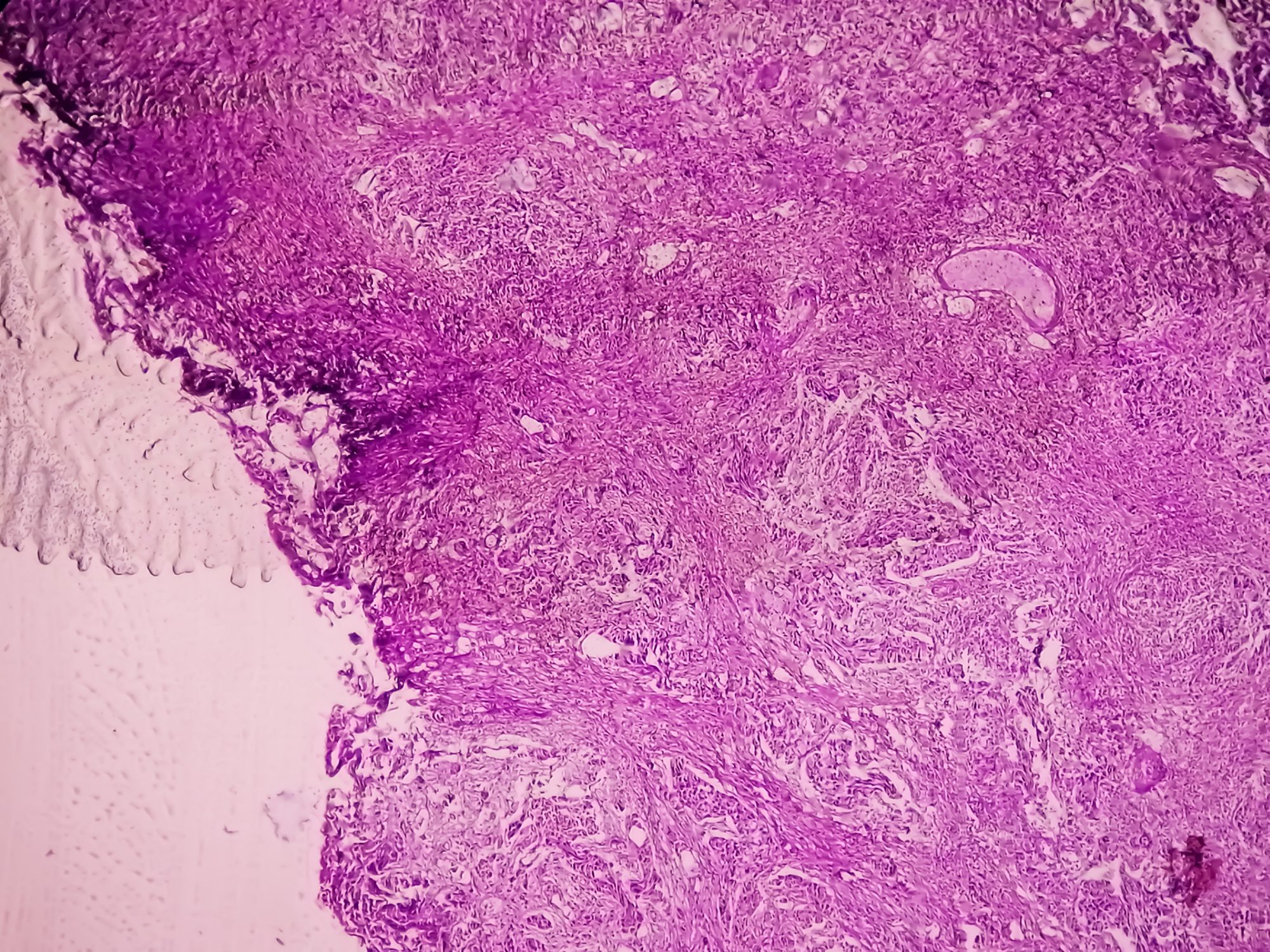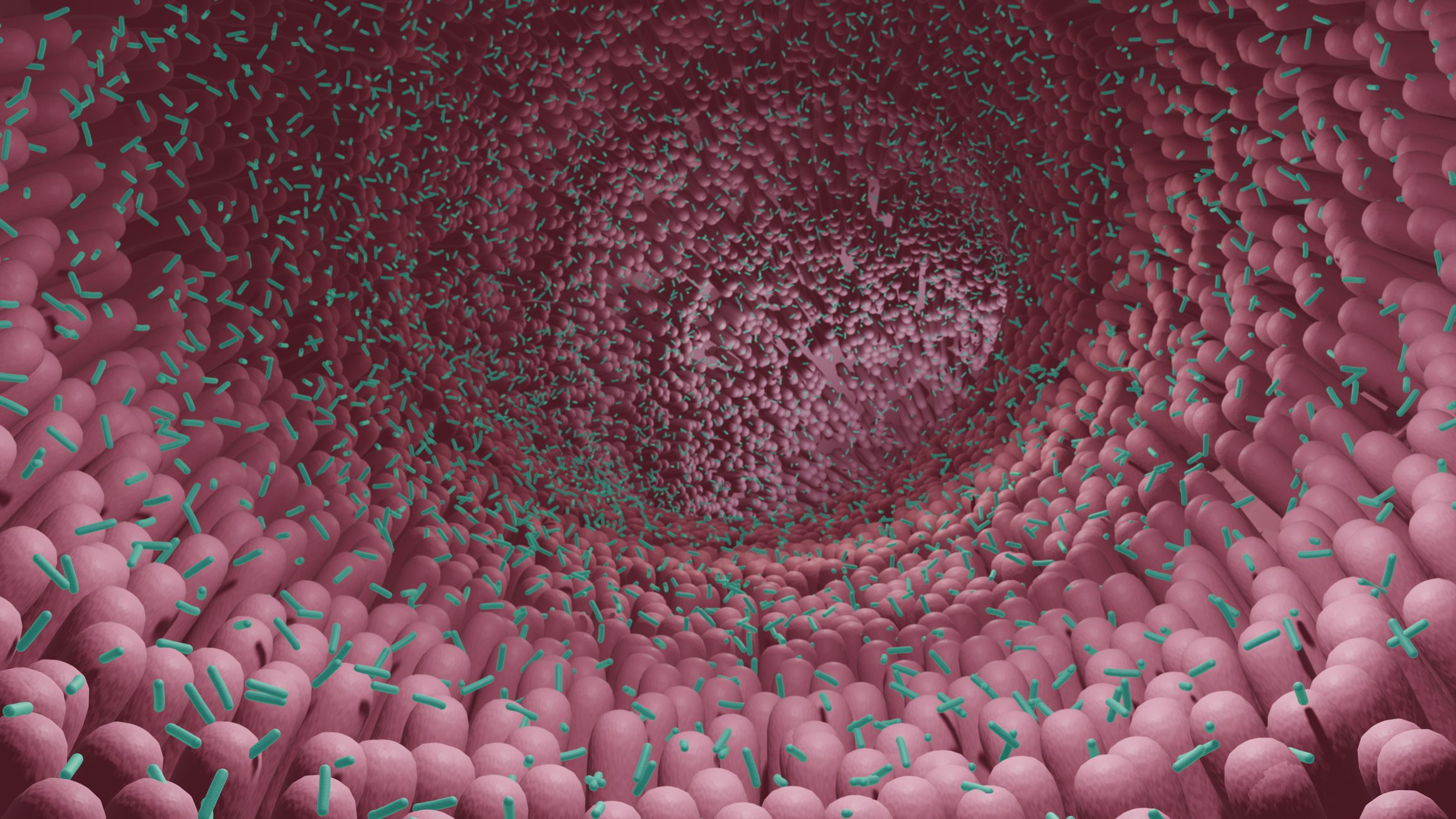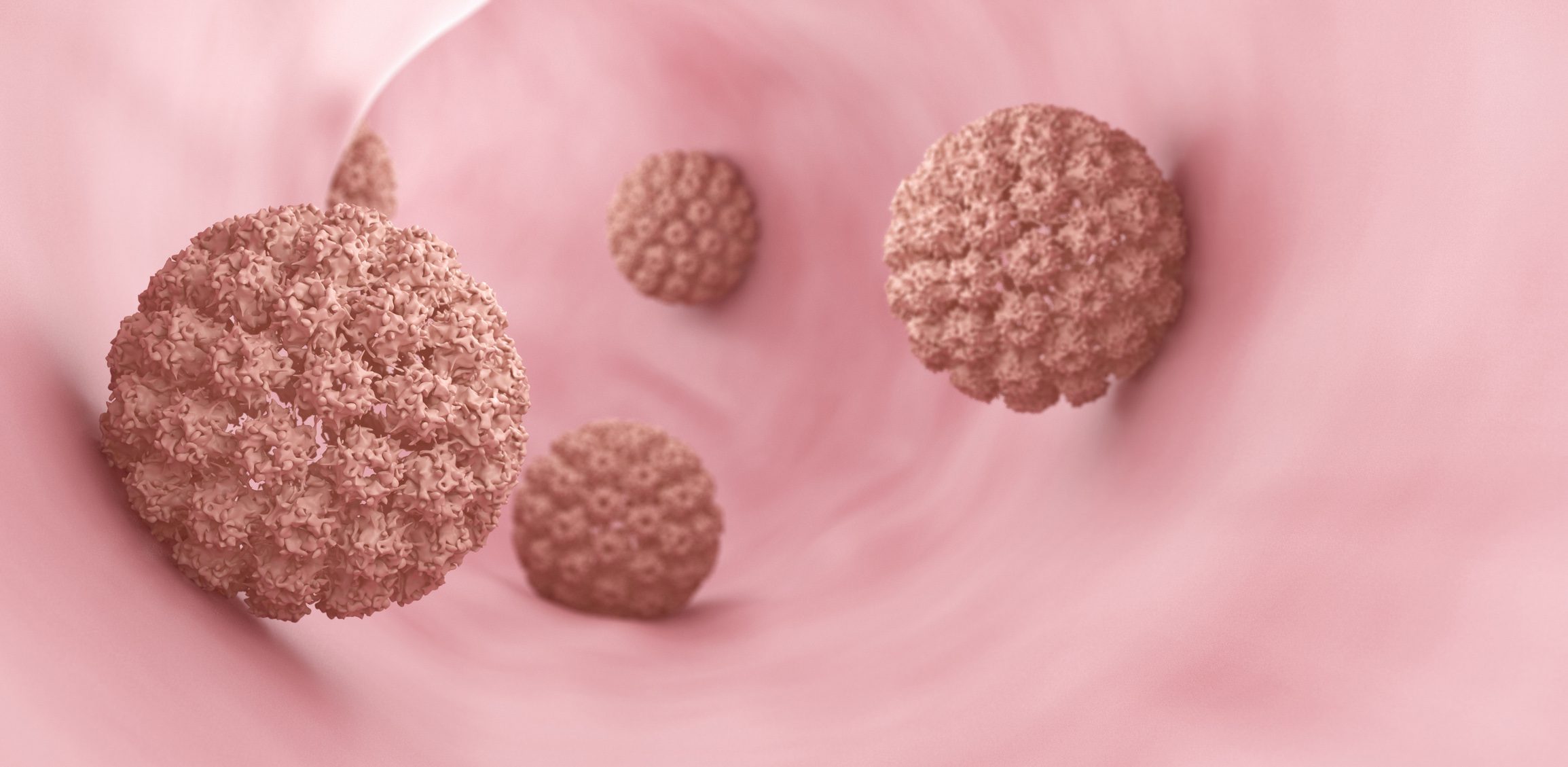With a lifetime prevalence of up to 30%, dizziness is a very common leading symptom in consultations with a wide range of disciplines, from ENT specialists to general practitioners and neurologists. There is no one ideal therapy for all vertigo disorders. Rather, the therapeutic concepts are closely oriented to the pathophysiology: the combination of physical, i.e. balance exercise therapy, with drug therapy varies depending on the cause of the disease.
Neuritis vestibularis, also called acute unilateral vestibulopathy, describes an acute unilateral failure of an organ of balance in the inner ear. This failure leads functionally to a vestibular tonus imbalance, “the scales thus tip and a tilted position develops,” as PD Dr. Andreas Zwergal, German Center for Vertigo and Equilibrium & Neurological Clinic, Ludwig-Maximilians-University Munich, illustrated [1]. Due to the projections of the vestibular impulses to the eye, spinal cord, cerebral cortex or to regions of nausea triggering, this results in a complex syndrome, namely acute vestibular syndrome, which is characterized by various symptoms:
- vestibulo-perceptive imbalance: rotary vertigo
- vestibulo-ocular imbalance: nystagmus
- vestibulo-spinal imbalance: tendency to fall
- vegetative imbalance: nausea/vomiting
The cause is thought to be inflammation of the vestibular afferents, possibly due to reactivation of herpes viruses in the vestibular portion of the 8th cranial nerve. However, the symptom cascade of acute vestibular imbalance usually improves spontaneously within days to weeks in healthy individuals.
Different therapeutic approaches
Pharmacological therapy should distinguish between different approaches. Symptomatically, Dr. Zwergal advises to initially administer antivertiginosa (e.g., dimenhydrinate). “In the acute stage, when the patient suffers from severe nausea, for example.” However, the expert advised, “The administration of the symptom-suppressing drugs interferes with the process of central vestibular compensation. Therefore, the drugs should be given only as needed and for a short time, for a maximum of 3 days.” As Causal therapy corticosteroids (e.g. methylprednisolone p.o.), which reduce the swelling reaction in the nerve, may be considered. However, starting therapy after day 5 of the symptom onsets presumably no longer makes sense. The next step is to ask supportively how the vestibular compensation, i.e. the sensitivity of the brain to react plastically to this failure, can be additionally helped. What is needed, then, is a neuroenhancer therapy that supports physiological plasticity. Ginkgo biloba extract EGb 761 has been well studied for this purpose, and there is at least laboratory evidence for betahistine and acetylleucine.
Episodic vertigo syndromes
The four most common episodic recurrent vertigo syndromes are benign positional paroxysmal vertigo (BPPV), Meniere’s disease, vestibular migraine, and vestibular paroxysmia.
Benign positional vertigo is known to be easily diagnosed by positional maneuvers and under Frenzel glasses in the form of the typical positional nystagmus. The cause of this syndrome is an eruption of calcium/calcite crystals that fall from the otolithic organs, are carried into the arcades, and cause irritation of the sensory organs in the blind end of the arcade during a change in head position. The whole thing is perceived by the patient as spinning dizziness. Many a colleague will surely wonder to what extent BPPV is amenable to any kind of pharmacological therapy at all. “Of course, benign positional vertigo is the domain of physical therapy for now,” Dr. Zwergal also said. However, he picked up on an aspect that was recently described again in a large South Korean study: Namely, that in patients complaining of recurrent attacks of benign positional vertigo, vitamin D plus calcium supplementation could provide relapse prophylaxis.
In fact, the effect across the entire group proved to be only very moderate, the expert said. However, it has been shown in subgroups that patients >65 years and those who had reduced serum vitamin D levels (<20 mg/ml) or osteoporosis in particular benefit from this therapy. Based on this, the neurologist advised considering this recurrence prophylaxis with vitamin D, especially in elderly patients complaining of recurrent BPPV.
Meniere’s disease is a disorder characterized by the simultaneous appearance of audiological and vestibular signs. The pathomorphologic background is endolymph hydrops, i.e., congestion of the endolymphatic inner ear fluid, which can now be visualized with enhanced imaging using MR techniques and contrast agents. The disease is defined by the occurrence of at least two attacks in which hearing and vertigo symptoms are present for at least 20 minutes and, if possible, audiometric evidence of mid- to low-frequency threshold loss should also be present. Patients complain of recurrent attacks of rotary vertigo, hearing loss, tinnitus, and fullness in the ear.
There are various pharmacological therapy principles for this: systemically, betahistine is the first choice. “Here it is important to remember that high-dose administration of at least 3× 48 mg/d over a period >6-12 months would be important because oral bioavailability is problematic,” Dr. Zwergal explained. This, he said, is due to the first-pass mechanism associated with the MAO enzyme pathway. It must also be admitted that the study situation on this preparation is heterogeneous; a large prospective study was actually negative vs. placebo. However, the clinical experience is positive, so that the expert hopes for the future that other formulations of the betahistine active group will be tested either via retard preparations or intranasal preparations to see whether the effect would also be better classified with better bioavailability.
Alternatives to betahistine are topical therapies, e.g., corticosteroids intratympanally; again, studies are heterogeneous. Only as a last resort, more of a backup procedure, is gentamycin advised because its use is a destructive procedure: Ultimately, the hair cells in the labyrinth are eliminated, reducing the vertigo symptoms. In return, however, there is a risk that the hearing performance in the ear in question will suffer. And of course, again (as with glucocorticoids), only one ear at a time would be treated. “After all, Meniere’s disease often switches to the other side at times during its evolution.”
Good therapeutic response
Vestibular migraine presents as a coupling of vertigo and headache syndromes. It can occur at various age peaks, often in children, but also in the 4th-5th decade of life and occasionally in the elderly. It is often overlooked but is quite easy to recognize diagnostically: Vestibular migraine is determined by at least 5 episodes of vertigo that should last 5 minutes to 72 hours with pre-existing migraine (according to international headache criteria), and at least 50% of the vertigo cases should also be accompanied by typical migraine symptoms, i.e., a unilateral severe headache, phonophobia, or aura.
There are no dedicated studies for vestibular migraine, so pharmacotherapy is currently oriented toward sporadic migraine and treated in the attack with analgesics – either ASA or other nonsteroidal anti-inflammatory drugs – and antiemetics. If attacks are relatively frequent, prophylaxis with various substances such as magnesium, rivoflavin/Q10, beta blockers, amitriptyline, topiramate, or valproic acid should be considered. Three or more severe attacks would be the indication for this. Dr. Zwergal described the effect as generally very good.
Vestibular paroxysm results from vascular-nerve contact and can cause very brief, stereotyped, frequent attacks of vertigo due to pulsation. These can show up dozens of times a day. Treatment of this rare but diagnostically and therapeutically important disorder lies in the administration of antiepileptic drugs. Comparable to trigeminal neuralgia, “old” sodium channel blockers – e.g., carbamazepine or oxcarbazepine – are available, although common side effects such as hyponatremia and interactions must be considered here. Lacosamide has also recently been described in a case series; here, the therapy costs are higher, but the interaction potential is lower. According to Dr. Zwergal, there is a good therapeutic response for all active substances.
Congress: DGIM 2021 (online)
Source:
- Industry symposium “Which screw to turn when everything is turning?” as part of the 127. Congress of the German Society for Internal Medicine (DGIM), April 17, 2021; Organizer: Schwabe Pharma.
InFo PAIN & GERIATRY 2021; 3(1): 28-29 (published 7/3/21, ahead of print).





